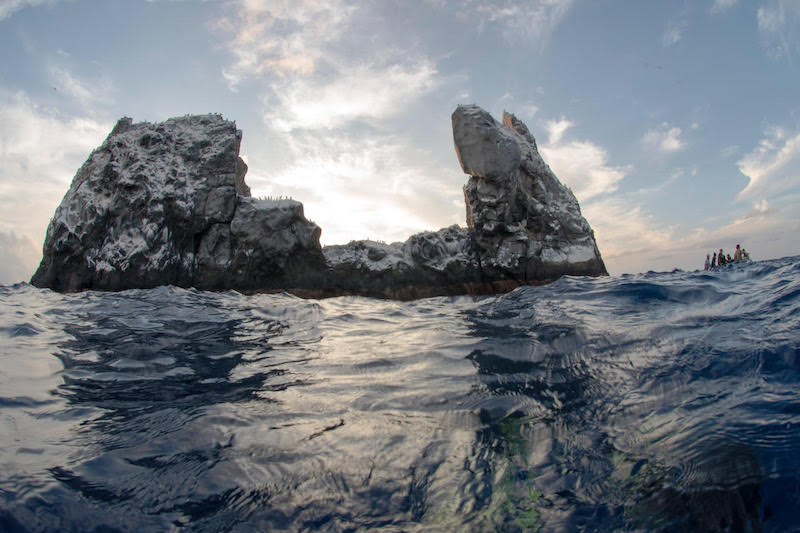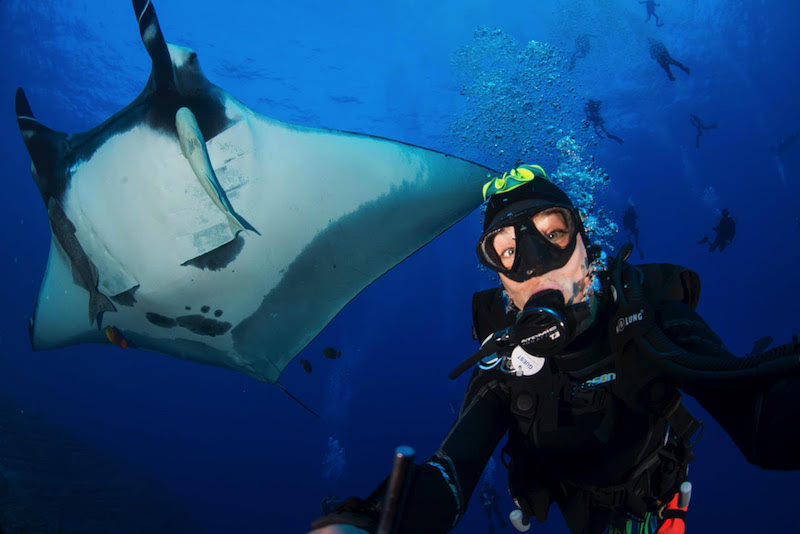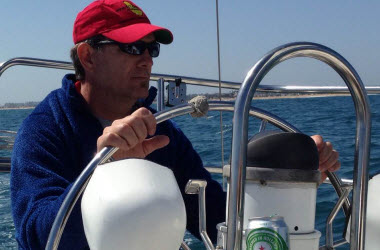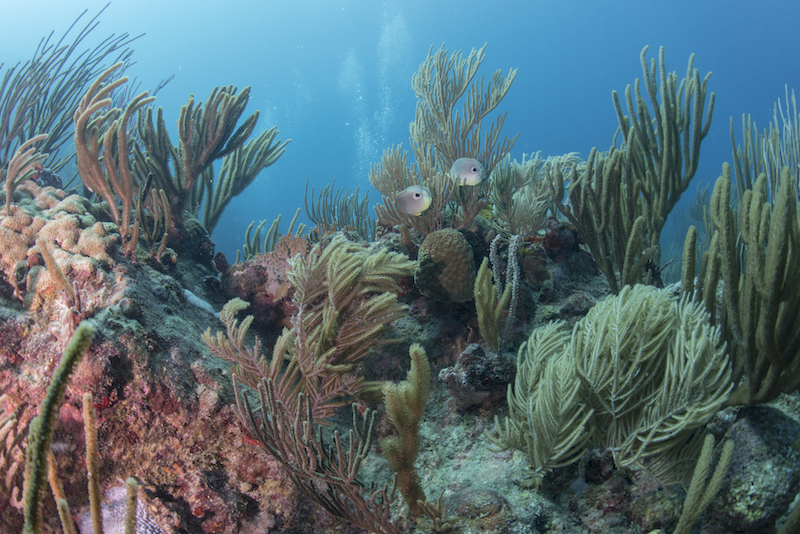February 13, 2018
 The Revillagigedo Islands. Go ahead and practice that one because you’re going to want to learn more about them. Four remote volcanic islands 240 miles off the coast of Cabo San Lucas just became North America’s most recent and largest marine protected area, and I’m fortunate enough to have recently paid my second visit.
The Revillagigedo Islands. Go ahead and practice that one because you’re going to want to learn more about them. Four remote volcanic islands 240 miles off the coast of Cabo San Lucas just became North America’s most recent and largest marine protected area, and I’m fortunate enough to have recently paid my second visit.
Often known as the ‘Mexican Galapagos,’ these iconic islands contain one of the largest aggregations of sharks and mantas in the world. Whales, dolphins, tunas, and turtles also frequent the area during their grueling migrations across the Pacific, making it a natural sanctuary. The new MPA covers more than 57,000 square miles and bans fishing, mining, and other intensive resource development practices that are destructive to the area.
Socorro in 2013 was my first pelagic liveaboard trip and it certainly didn’t disappoint. I participated in shark tagging, swam with whales, and discovered a very healthy fear of the ocean. Though the diving conditions were cold and murky and the elasmobranch action was low, I’ll always remember and cherish the experience.
Now, some 400 dives later, I had the opportunity to revisit these fabled islands and had a much different, but equally thrilling experience. This time around, we motored on the Nautilus Belle Amie, a luxurious and spacious 140-ft. liveaboard catering to the adventurous diver.  The warmer, clearer conditions and the unbelievable wildlife encounters actually made it difficult to see all the animals, mainly because 15 ft. manta rays were often obstructing my view; however, between these up-close and personal fly-bys that make your heart skip, there was much life. Schools of hammerheads, curious dolphins, silkies, manta rays, and even a beautiful whale shark were among our favorite sightings and we all quickly realized the Revillagigedo Islands were something special.
The warmer, clearer conditions and the unbelievable wildlife encounters actually made it difficult to see all the animals, mainly because 15 ft. manta rays were often obstructing my view; however, between these up-close and personal fly-bys that make your heart skip, there was much life. Schools of hammerheads, curious dolphins, silkies, manta rays, and even a beautiful whale shark were among our favorite sightings and we all quickly realized the Revillagigedo Islands were something special.
No matter what part of the ocean I’ve been diving in, one thing is for certain- protected waters are effective, necessary measures to maintain these integral animal sanctuaries, and I’m lucky to have been twice to this truly special diving destination. So lucky, in fact, that I won the Belle Amie’s $3,000 jackpot on behalf of Ocean First in a game of chance. After some inspiration and only a tiny amount of hesitation, we decided to donate the money to further scientific research in marine parks and other Hope Spots around the world.
MPA’s provide a great deal of optimism for the lifeline of our ocean and with some education, a lot of action, and a bit of luck, we may continue to protect our planet’s greatest sanctuaries.


.jpg)
